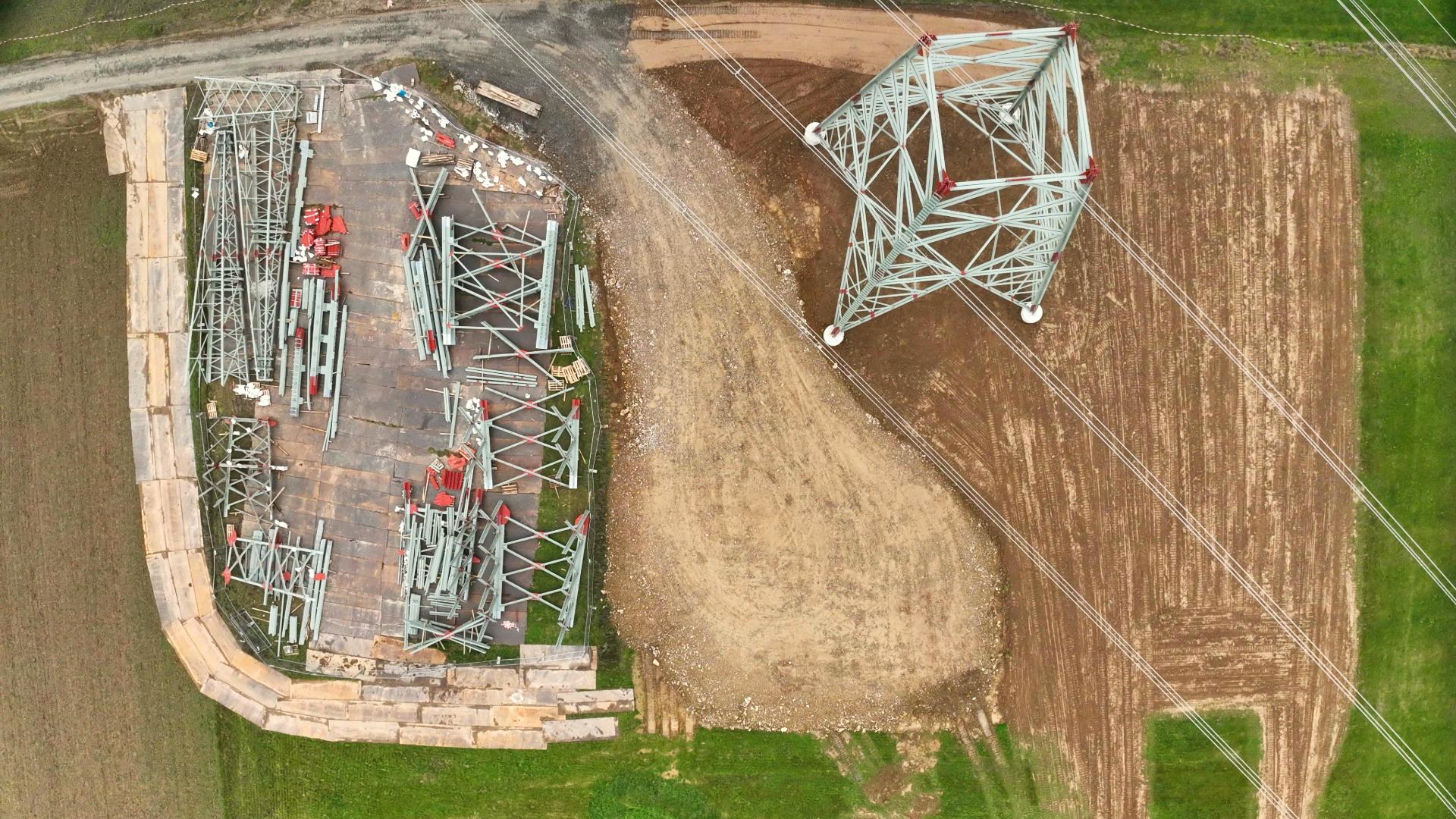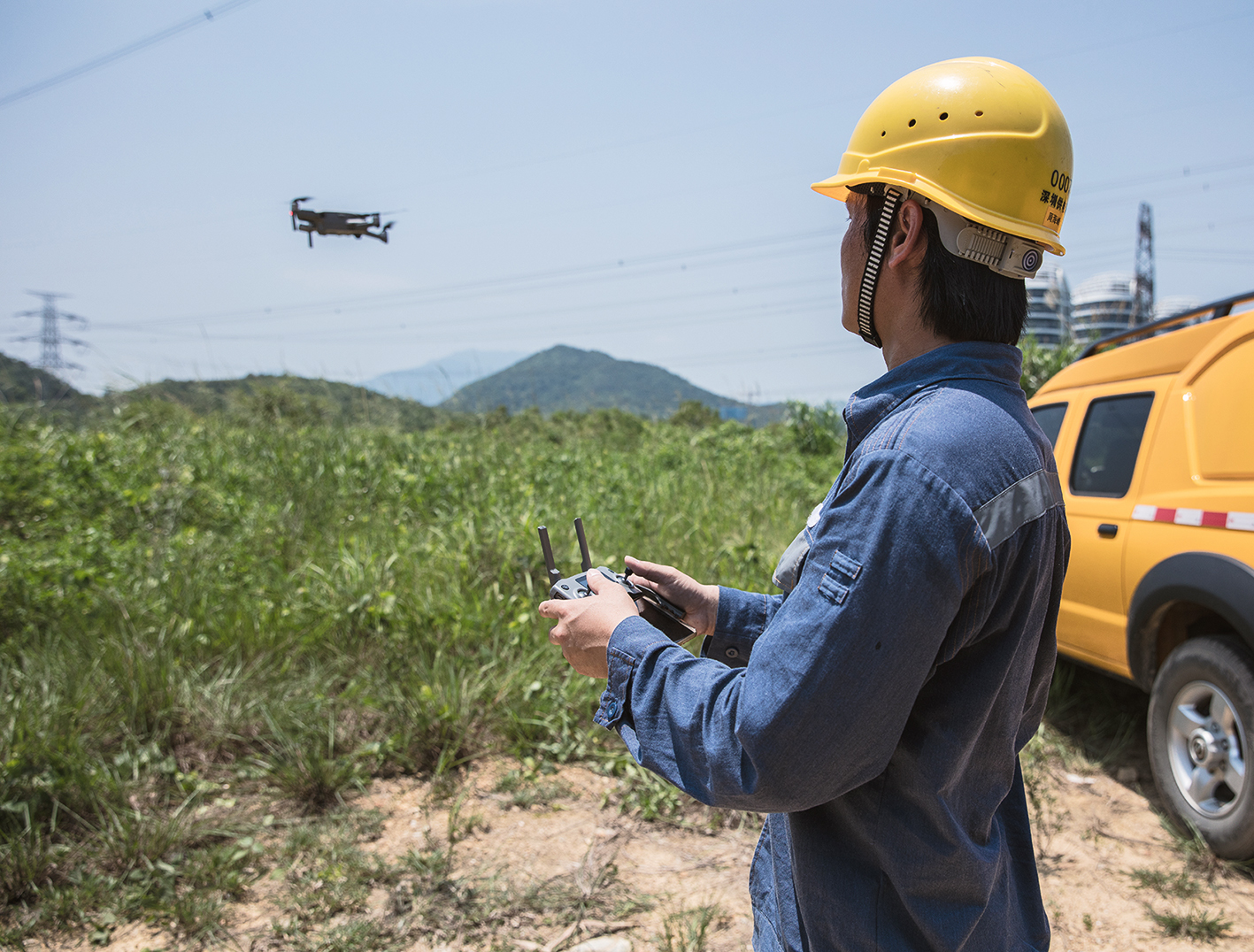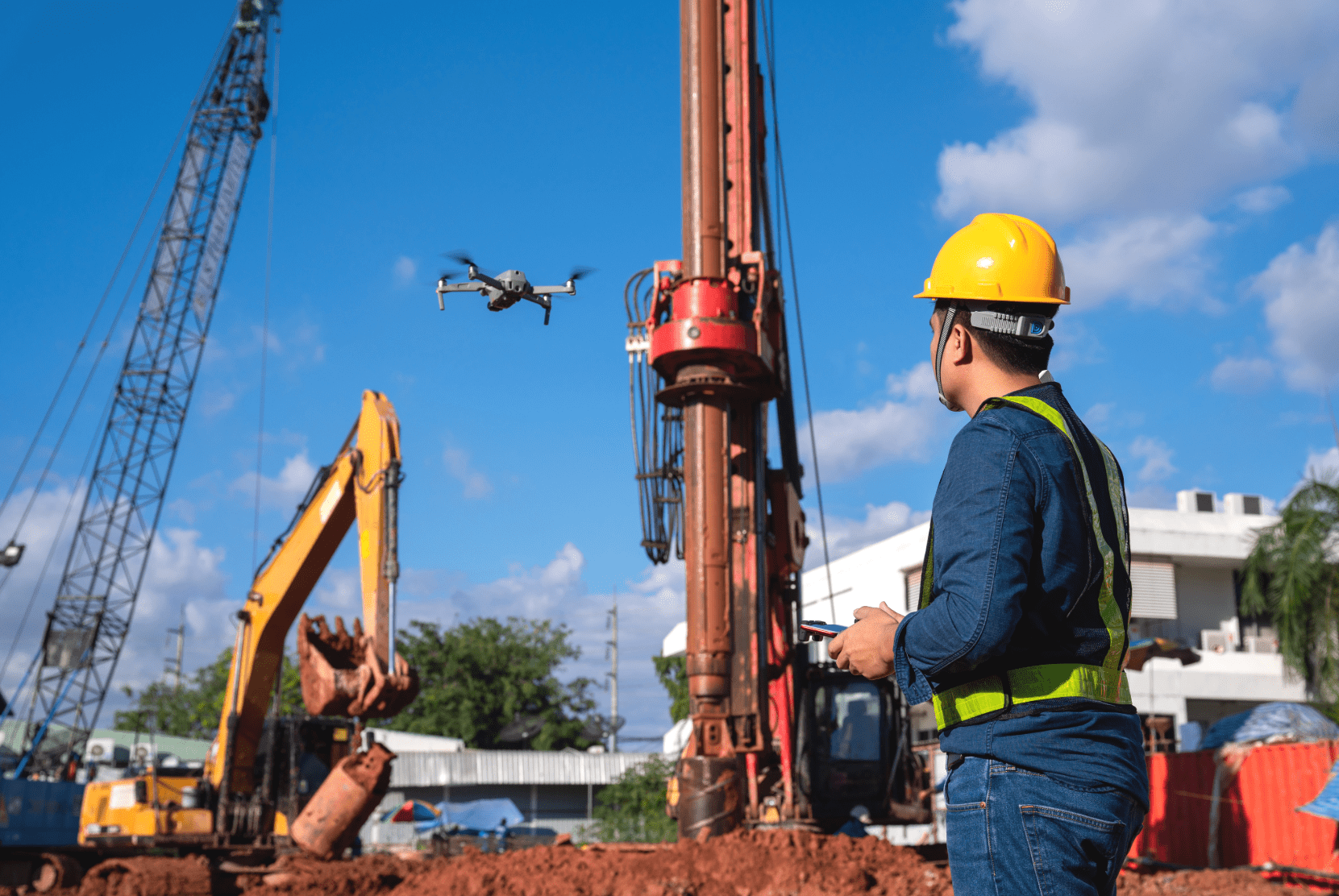Im dritten Teil unserer Blogserie zu den Aufstiegsgenehmigungen für Drohnenflüge in der Betriebskategorie „speziell“ geht es um das sogenannte Betreiberzeugnis, auch LUC (Light UAS Operator Certificate) genannt.
Seit der Einführung von Betriebskategorien mit der neuen EU-Drohnenverordnung gelten für den Drohnenbetrieb verschiedene Anforderungen und Pflichten. Für Flüge der zweiten Betriebskategorie „speziell“ ist eine Aufstiegsgenehmigung aufgrund der erhöhten Risiken verpflichtend.
Falls das Risiko nur minimal höher ist im Vergleich zur ersten Betriebskategorie „offen“, reicht eine einfache Betriebserklärung (hier mehr). Ist dies nicht der Fall, muss der aufwendigere Prozess der Betriebsgenehmigung plus Risikoanalyse erfolgen (hier mehr). Für juristische Personen gibt es zusätzlich die Möglichkeit ein Betreiberzeugnis zu beantragen, womit Flüge selbstständig genehmigt werden können.
Wie man ein Betreiberzeugnis bzw. LUC erhält und was es dabei zu beachten gibt, erklären wir in diesem Artikel.
DAS BETREIBERZEUGNIS FÜR LEICHT-UAS
Wer regelmäßig und häufig als Unternehmen oder Organisation Flugprojekte durchführt, kann ein sogenanntes LUC beim Luftfahrt-Bundesamt beantragen. Dieses Zertifikat kann mit einer dauerhaften Betriebsgenehmigung gleichgesetzt werden. Allerdings nur für vorab definierte Szenarien.
Der große Vorteil ist offensichtlich: Es müssen keine einzelnen Genehmigungen für Drohnenflüge eingeholt werden. Das erleichtert die Arbeit vor allem, wenn Betriebskonzepte häufig geändert werden müssen, z. B. aufgrund wechselnder Einsatzorte. UAS-Betreiber haben so eine deutlich höhere Flexibilität, da sie nicht mehr auf die Behörde angewiesen sind, und können Projekte so schneller umsetzen. Zudem gilt das Zertifikat für Einsätze europaweit.
WIE ERHALTE ICH EIN LUC?
Um eine Light UAS Operator Certificate Organisation (LUCO) zu werden, muss ein Antrag an das Luftfahrt-Bundesamt (LBA) gestellt werden, welches das LUC-Zertifikat nach der Überprüfung ausstellt. Eine formlose Antragsstellung per E-Mail ist für das LBA ausreichend.
Der Antrag auf Ausstellung eines LUC oder auf Änderung eines vorhandenen LUC muss grundsätzlich folgenden Angaben enthalten:
- eine Beschreibung des Managementsystems des UAS-Betreibers, einschließlich seiner Organisationsstruktur und seines Sicherheitsmanagementsystems (SMS)
- die Namen des verantwortlichen Personals des UAS-Betreibers, einschließlich der Namen der Personen, die für die Genehmigung des UAS-Betriebs zuständig sind
- eine Erklärung, dass alle der zuständigen Behörde übermittelten Unterlagen vom Antragsteller geprüft und als im Einklang mit den einschlägigen Anforderungen befunden wurden
Die Organisation lässt sich mit dem Zertifikat bei der Zivilluftfahrtbehörde als Luftfahrtbetrieb registrieren und kann damit vorweisen, dass sie die Risiken einer UAV-Operation kennt und beurteilen kann. Ihnen werden Rechte und Pflichten zugesprochen, deren Maß nach der Betriebserfahrung ermittelt werden. Die Betriebserfahrung definiert sich durch die Erfahrungen des Unternehmens beim UAS-Betrieb, bei der Durchführung von Risikoanalysen und die Erfahrungen bei der Festlegung von Risikominderungsmaßnahmen.
In allem werden also deutlich höhere Anforderungen an den Antragssteller für die Erlangung eines LUC gestellt als für Erlangung einer Betriebsgenehmigung. Demnach ist der Aufwand für die Antragsstellung hier auch höher und kann mehrere Monate in Anspruch nehmen.
DIE RECHTEN UND PFLICHTEN ALS LUCO
Je nach Bewertung der LUCO durch das Luftfahrt-Bundesamt, kann der Genehmigungsumfang (die erteilten Rechte) variieren. Die Behörde prüft die Einhaltung der Anforderungen und die LUCO mehrfach und erteilt das LUC-Zertifikat bei zufriedenstellenden Ergebnissen. Ist ein Betreiberzeugnis erst einmal ausgestellt, hat es eine unbegrenzte Gültigkeitsdauer. Die Behörde behält sich dabei vor, die Rechte jederzeit auszusetzen oder zu widerrufen.
Folgende Rechte können erteilt werden:
- Interne Deklaration der Einhaltung eines Standardszenarios (STS) ohne vorherige Zusendung an die Behörde
- Interne Autorisierung von Betriebskonzepten (ConOps)
- Änderung eines genehmigten ConOps
- Autorisierung eines ConOps durch korrekte Anwendung eines PDRA
- Autorisierung eines ConOps durch korrekte Anwendung von SORA
(Alles zum ConOps und zu den STS, PDRAs und SORA können Sie hier nochmal nachlesen.)
Alle Konzepte müssen durch die LUCO inhaltlich geprüft und formal genehmigt werden. Die LUCO trägt damit auch die Verantwortung für die Einhaltung der Angaben.
DAS LUC-M
Als LUC-M wird das LUC-Handbuch (engl. LUC-Manual) bezeichnet. Es ist für eine LUCO ein Pflichtdokument, das der zuständigen Behörde auszuhändigen ist. Das LUC-Manual beinhaltet alle Angaben zur Organisation, zu den Betriebsverfahren und zu den durchgeführten Tätigkeiten. Beim Verfassen des Handbuchs tut das Unternehmen so, als ob es das Betreiberzeugnis schon besitze. Detaillierte Informationen erhalten Sie im LUC Leitfaden des LBA.
ERSTES LUC BEREITS VERGEBEN
Das Betreiberzeugnis wurde mit der seit Ende 2020 gültigen neuen EU-Drohnenverordnung eingeführt und trotz des sehr umfangreichen Antragsprozesses haben die ersten Firmen bereits eine LUC-Zertifizierung erhalten. Das allererste Zertifikat in Europa wurde schon im Februar in Österreich an das Unternehmen CAMCOPTER vergeben.
Austro Control, das Luftfahrtamt in Österreich, hat damit gezeigt, wie effizientes Arbeiten schnelle Ergebnisse erzielen kann. Die deutschen Antragssteller müssen sich jedoch noch etwas gedulden. Das LBA wird voraussichtlich nicht vor Ende des Jahres Betreiberzeugnisse ausstellen.
Wir helfen Ihnen gerne bei weiteren Fragen. Kommen Sie auf uns zu!
Wir wünschen gute Flüge,
Ihr FlyNex Team





